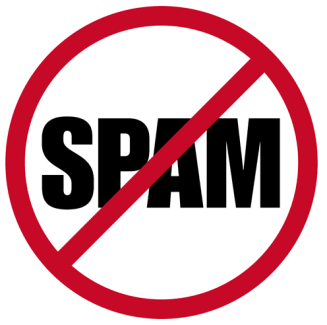 Back in 2008 I wrote a blog article recommending that you switch to an Act! E-Marketing account if you were sending out marketing blasts of over 50 emails/send.
Back in 2008 I wrote a blog article recommending that you switch to an Act! E-Marketing account if you were sending out marketing blasts of over 50 emails/send.
Here it is 2014 (gasp!) and I’m still passing out that same exact advice. However, as the world of the internet – and e-mail – gets more and more complex you need to become a bit more knowledgeable if you expect your e-blasts to arrive unscathed at their intended target.
The e-mail “bad guys” use all kinds of schemes to try to trick you into anything from giving up your bank account password to helping deliver a system destroying virus onto your computer. For example, you might have received a “non-delivery” message from someone that you didn’t send an e-mail message to; chances are that a spammer nicely used your e-mail address as the sender of the e-mail. Or maybe you’ve received messages that you thought were from your bank or from a large site such as Amazon; upon further inspection you (hopefully) realized that the e-mail was a scam.
Sender Policy Framework (SPF) is a widely adopted email verification method that many spam filters use to determine whether or not an email message will be labeled “Spam”. SPF allows the owner of a domain to specify their mail sending policy, e.g. which mail servers they use to send mail from their domain.
ACT E-Marketing and SPF Records
So, how does this SPF stuff affect you? When you send an e-mail blast using an e-mail service provider (ESP) the service provider is using their own servers to send the e-mail. The good news is that these providers spend tens of thousands of dollars to remain spam compliant. The bad news is the spam filters used by many of your recipients will notice that “your_esp.com” has sent an e-mail on behalf of “yourcompany.com.”
If you are a serious e-marketer you’ll want to take the appropriate steps to give yourself (and your messages) the best shot at a successful transmission. This requires an SPF record.
Once you’ve saved the SPF record for your domain you might want to check it for accuracy. I use Kitterman’s SPF Record Testing Tool. Type in your domain name, click Get SPF Record and you’ll easily be able to see the status of your SPF record.
There are sites that you can use to test the “spam level” of your outgoing e-blasts:
Need help in setting up and using an E-marketing account? We’re here to help! Contact the friendly Act! Consultants at 561-470-5450 or send us an e-mail.





